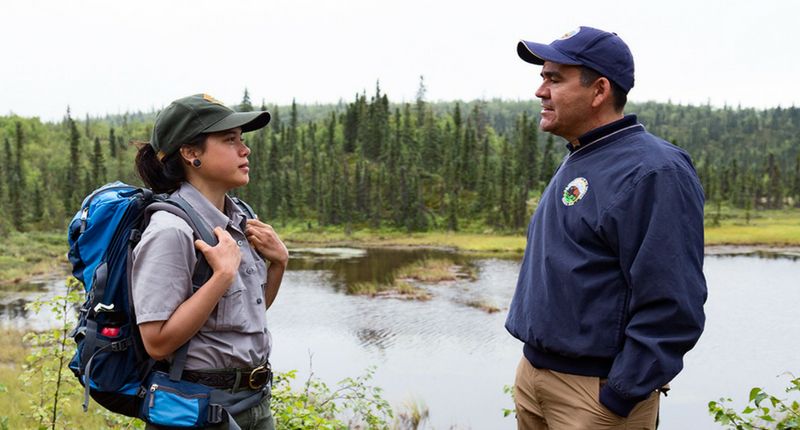After decades of gender discrimination allegations that led to legal complaints and settlements, a U.S. Forest Service "system" designed to undermine sexism allegations within the department has been revealed.
In interviews with Outside Magazine, defendants of a class action complaint filed with the Equal Employment Opportunity Commission revealed not only similar patterns of gender discrimination that took place in multiple national forests in California, but also the problematic complaint structure they're forced to contend with.
One woman, Darla Bush, described years of insubordination from the men who worked under her at the Sequoia National Forest’s Western Divide Ranger District.
Bush's "second-in-command would become so angry—yelling at her up close, his face red and hands shaking—that she asked him whether she should be worried about her safety," the report noted. Concerned observers said they believed the men who worked under her were retaliating against her because she is a woman.
Bush requested help from management repeatedly and to no avail, and was swiftly investigated herself when her male subordinates accused her of creating a "hostile" work environment. She was removed from her position while being investigated, and within a week, her male second-in-command replaced her.
The Outside report noted that of the four options for Forest Service employees wishing to issue complaints, three require managerial oversight.
“It’s the fox guarding the chicken coop, because when you file a grievance, management is making the decision on whether to sustain or substantiate your complaint,” Lesa Donnelly, a former Forest Service employee who now represents the women in the class action complaint, said. “Employees just don’t have a chance.”
The fourth option is to go through the USDA’s Office of the Assistant Secretary for Civil Rights — a "baffling" process that requires initial complaints to be filed within just 45 days after an incident. If complaints are not settled in mediation, employees then have 15 days to formally file EEO complaints through the OASCR.
"Many employees—even experienced staff with supervisory experience—get lost in the process," the report noted.
In 2015, a government watchdog group wrote a letter to the White House accusing managers at the USDA's civil rights office of "deliberately slow-walked EEO complaints, with some complaints simply vanishing from the system."
"By the time employees tried to check their status, more than 45 days had passed, precluding them from filing again," the report noted, adding that the USDA's internal investigation found no evidence supporting the accusations and "attributed complaint file anomalies to server and power failures."
One of the whistleblowers whose testimony led to the watchdog letter claimed that not only were OASCR employees "pressured to weaken EEO complaints," but also that there were numerous complaints against managers within the civil rights division itself.
"You can’t have 500 complaints and no findings of discrimination," a current employee at the OASCR told Outside. "It can’t be that we’re not doing anything wrong.”
Read the entire report on the allegedly-intentional difficulties filing gender discrimination complaints at the Forest Service via Outside Magazine.
